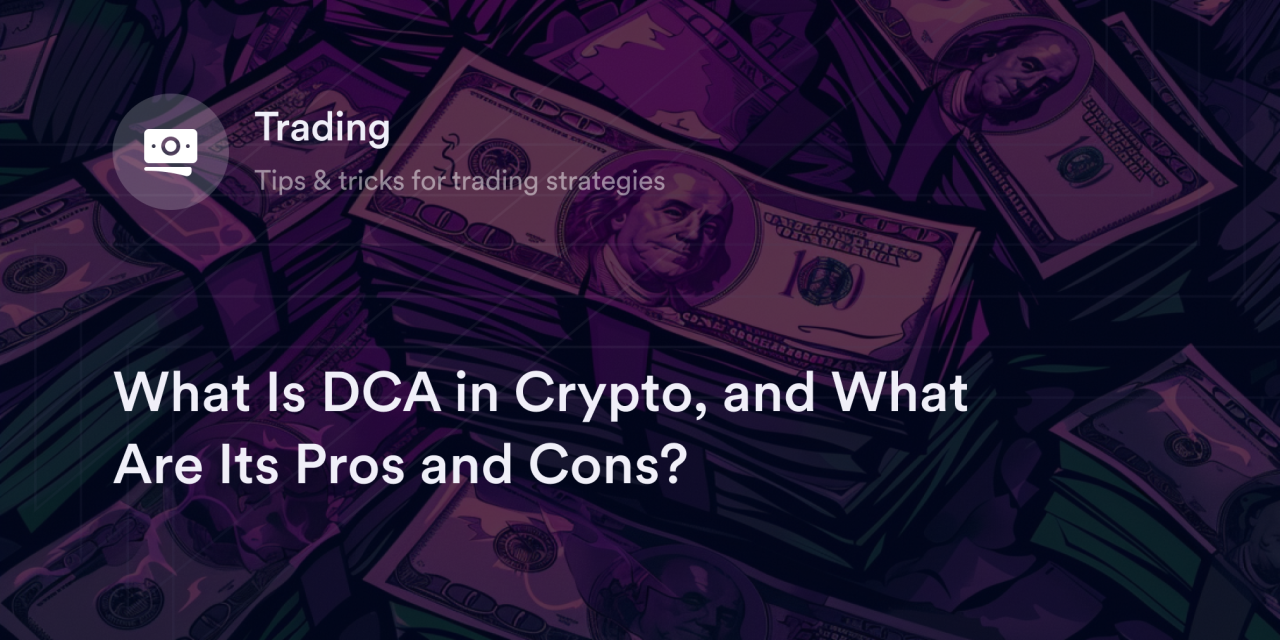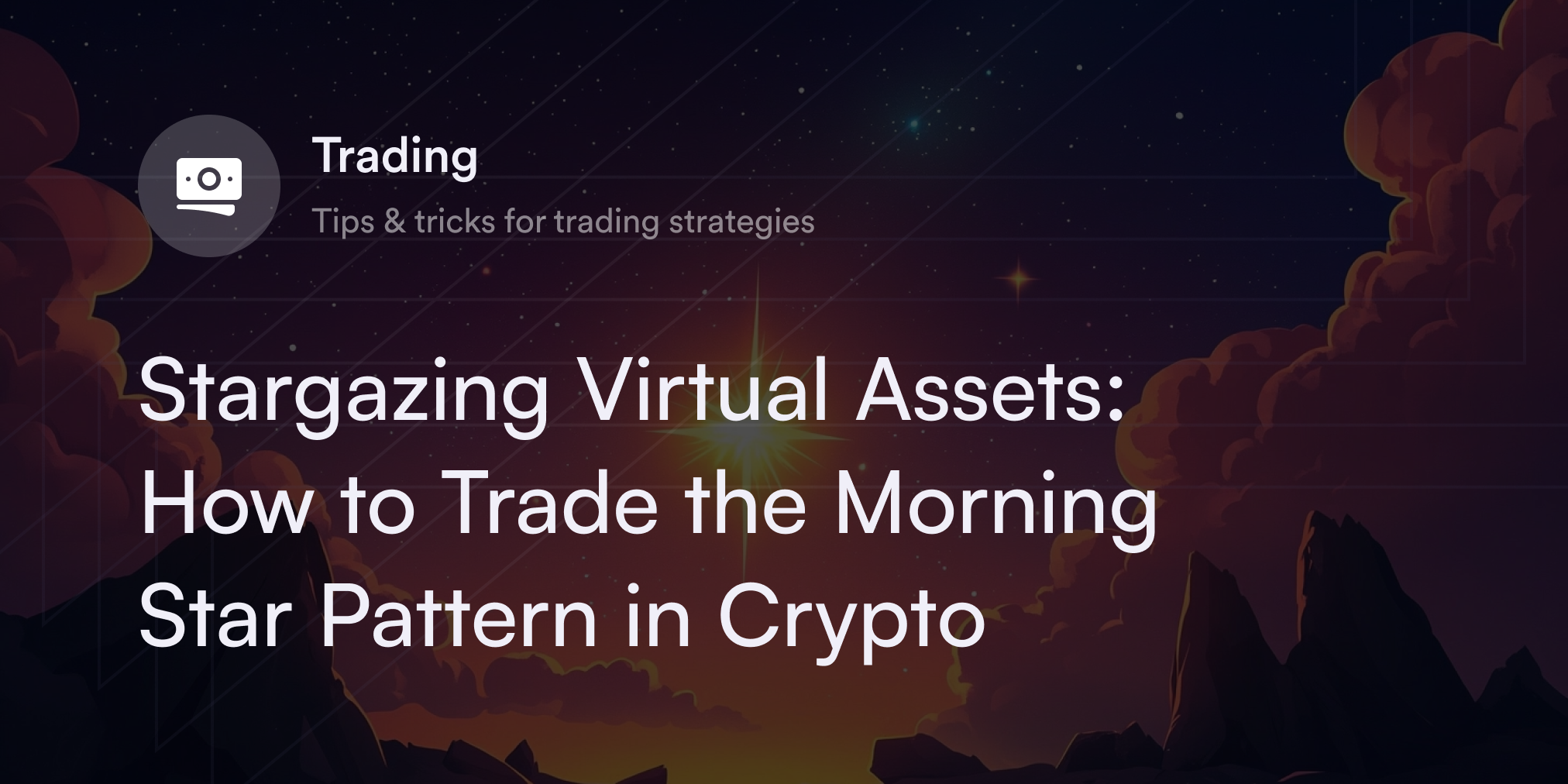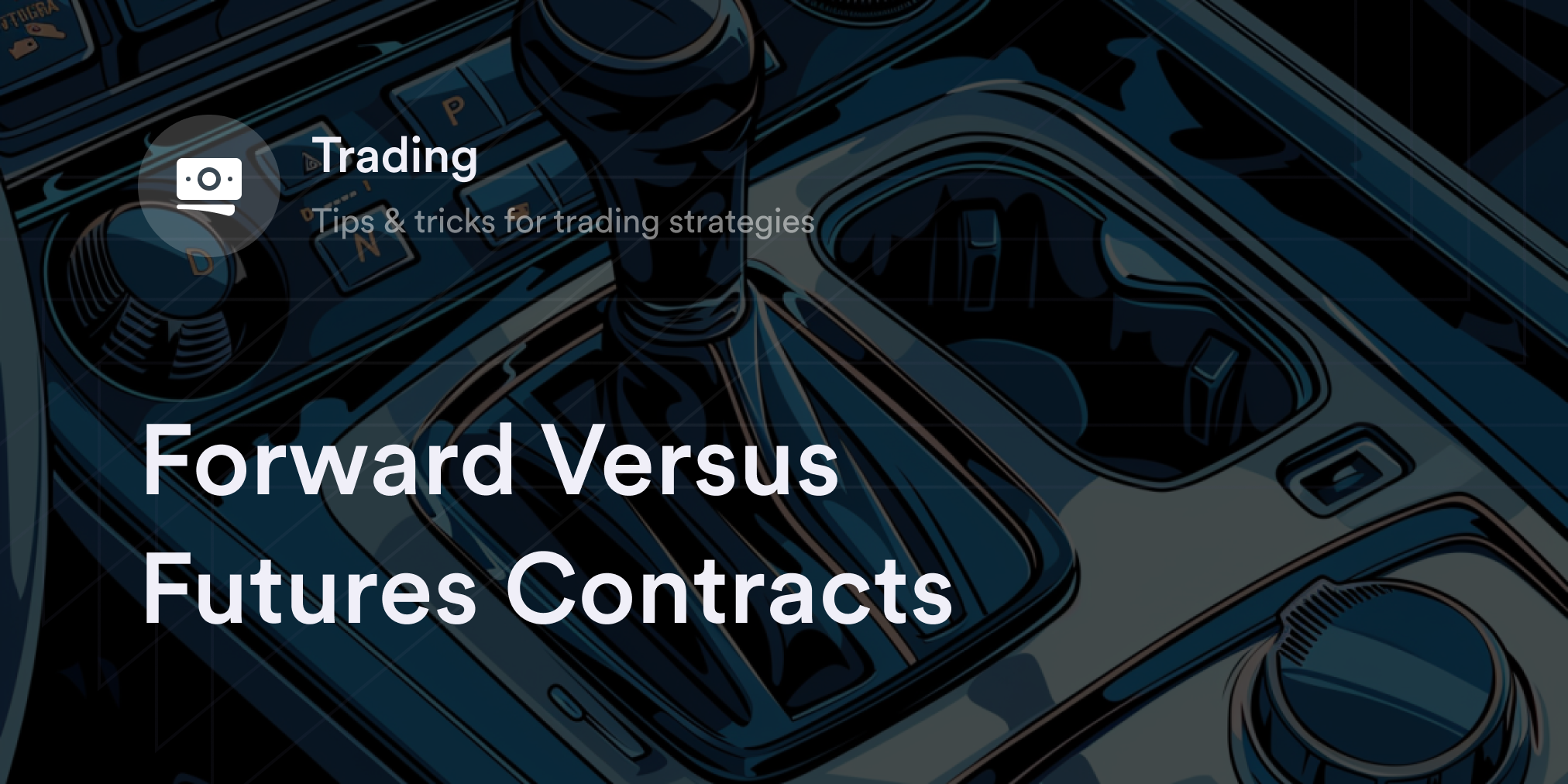


Trading in volatile assets can be challenging. But traders use numerous techniques to put money in digital assets, with dollar-cost averaging (DCA) being one of the most discussed in cryptocurrency circles.
For many long-term believers in cryptocurrencies like Bitcoin (BTC), DCA is the only way to manage risk and maximize gains in the wildly fluctuating cryptocurrency market. According to DCA proponents, this simple strategy is the safest method to build a significant position in cryptocurrencies like BTC and Ethereum (ETH), but not everyone is a fan of DCA.
So why has DCA become so widespread among crypto traders, and is it the optimal technique when navigating the digital assets space? Let’s explore what DCA is in crypto and how traders use it to buy virtual currencies.
What is DCA in Crypto?
DCA is a long-term trading strategy where people consistently buy the same asset at different prices. Instead of putting all their money into an asset on the first day, DCA traders “sprinkle” their buy orders over a longer timeframe. The purpose of using DCA rather than immediately buying a full position is it helps even out a trader’s average purchase price (aka cost basis). For example, suppose someone bought one BTC at $30,000 and another bought 0.33 BTC two times and 0.34 BTC once when Bitcoin traded for $30,000, $25,000, and $27,000 respectively. Because the latter bought BTC at three different prices, they reduced the cost basis for their Bitcoin by about $3,000 compared with the former.
Although DCA is a popular strategy among crypto traders, it’s not exclusive to the digital currency sector. Long-term traders use DCA in dozens of financial markets, including stocks, precious metals, and foreign currencies. As long as people buy their target asset at regular intervals, they are using the DCA method.
What are the Pros and Cons of DCA in Crypto?
DCA has many positive features for passive traders with long time horizons, but it’s not the ideal technique for all circumstances. In fact, some crypto traders deliberately avoid DCA when setting up their strategies. But if you consider DCA, weigh its pros and cons to fully understand whether it’s the right move.
DCA Benefits
Simple to understand: Unlike iron condors or Fibonacci retracements, DCA is easy for traders of all skill levels to understand and execute. As long as you know how to deposit money in your trading account and buy cryptocurrency, you can use the DCA strategy.
Compatible with small portfolios: There’s no minimum requirement to start using DCA. You can purchase as little or as much as you prefer into the crypto market. This low barrier to entry makes DCA one of the most accessible trading strategies.
Low maintenance: People practicing DCA aren’t overly concerned with technical chart patterns or short-term market moves. Since DCA is a long-term strategy, you don’t need to constantly monitor a coin’s price and assess your portfolio’s performance. The long time horizon with DCA takes a lot of stress out of trading in the fast-moving crypto market.
May reduce cost basis over time: Although you may not get the optimal bottom price, you’ll reduce your average cost per coin when buying crypto during market declines. In fact, some DCA traders deliberately buy more of their favorite cryptocurrencies during bear markets to reduce their purchase price.
DCA Cons
High trading fees: Because DCA traders make multiple purchases throughout the year, they may pay more in trading fees than people who make one buy order. If you’re interested in a DCA approach, review your exchange’s fee schedule and factor these costs into your strategy.
Long time horizon: Typically, DCA traders hold onto their cryptocurrencies for years before they think about taking profits. So if you want to work with short-term trading strategies, you likely won’t benefit from DCA. Additionally, you should feel comfortable keeping your purchase funds in the cryptocurrency market for a significant amount of time when using a DCA strategy.
Profits during market growth: DCA is inherently bullish and relies on the cryptocurrency market’s upward trajectory. So if you possess a coin or token that drops or stays flat, you won’t see a return.
May increase cost basis over time: People who use DCA never catch a cryptocurrency at the bottom of its price range. So even if you buy a cryptocurrency at a local bottom, you’ll naturally raise your cost basis every time you buy a crypto at a higher price. The fact is your cost basis won’t be the absolute bargain-basement price.
How to DCA in the Crypto Market
Every trader has a slightly different DCA method, and some even claim there’s a “best day” to DCA into crypto. In truth, there’s no wrong way to DCA in the crypto market, and you need to figure out the proper technique for your financial goals. The only essential features of DCA are to consistently buy a cryptocurrency and hold it for years. As for when, how much, or which cryptocurrency to buy, you can customize the technique per your preference.
Some DCA fans follow a strict schedule every week or month to place buy orders for digital assets like Bitcoin. For example, someone may set aside a fixed amount of money weekly to buy BTC every Wednesday and take advantage of four different prices. Alternatively, a trader could buy $200 of Ethereum on the last day of every month to avoid paying extra trading fees. In either case, this disciplined “schedule strategy” takes the guesswork out of choosing when to enter the crypto market.
And if you’re interested in a more active approach to trading, consider placing “price alerts” on target cryptocurrencies whenever they decline by a set percentage (e.g., 10%). Most crypto exchanges like dYdX and crypto price aggregator sites like CoinMarketCap let you set these automated price warnings and link them to an email account or cell phone number. Whenever a crypto falls by your preferred percentage, you get a message about the price movement. During this drop, you can use some of your DCA funds to get a better rate on your favorite coins and tokens. Some centralized crypto exchanges (CEXs) even let you set these DCA triggers to automatically buy a cryptocurrency when it falls by a pre-set percentage. Although you need to be more agile to use this strategy, it reduces your cost basis over time.
Alternatives to the DCA Crypto Strategy
DCA is a great fit for long-term passive crypto traders, but there are dozens of different ways to enter and exit the market. If you’re not interested in DCA, consider the pros and cons of other widely used strategies.
Lump-sum purchasing: Like DCA, lump-sum purchasing is a long-term strategy with a bullish bias. However, people making a lump-sum purchasing buy their entire crypto position one time at a set price. Its fans argue this method is superior to DCA because there are fewer trading fees. Plus, this strategy may be profitable if you catch an attractive price for a crypto asset. But you can’t decrease your cost basis unless you make DCA purchases at lower prices.
Leverage trading: Leverage traders borrow funds from a crypto exchange to increase their position size. The benefit of using leverage is it increases your potential gains if your trading strategy is correct, but there’s a greater risk of losing everything if the market moves in the opposite direction. Leverage is best suited for experienced short-term traders who understand how to manage their risk with stop-losses and technical analysis.
Arbitrage trading: Arbitrage is an advanced trading strategy where you buy and sell the same cryptocurrency on different exchanges to take advantage of small price discrepancies. For example, if Bitcoin trades for $30,000 on one exchange and $29,950 on the other, an arbitrageur buys a ton of BTC on the latter and immediately sells it on the former for a $50 profit per coin. Typically, people involved in arbitrage trading use advanced algorithms and trading bots to spot these opportunities and make fast trades.
Eligible Traders can Trade Crypto Perpetuals on dYdX
On dYdX’s decentralized exchange, you can long or short dozens of cryptocurrencies with perpetual swaps. Whether bullish or bearish on a crypto asset, dYdX offers eligible traders a wealth of tools to define risk and set up an optimal trading strategy. Learn more about how trading crypto perpetuals work and how our platform supports your strategies on dYdX’s blog. And if you’re interested in learning more about the crypto ecosystem, head to our Academy. We have multiple articles on trending topics such as market cap, crypto wallets, and blockchain nodes.
Eligible traders can start trading on dYdX today!
Disclaimer
The content of this article (the “Article”) is provided for general informational purposes only. Reference to any specific strategy, technique, product, service, or entity does not constitute an endorsement or recommendation by dYdX Trading Inc., or any affiliate, agent, or representative thereof (“dYdX”). Use of strategies, techniques, products or services referenced in this Article may involve material risks, including the risk of financial losses arising from the volatility, operational loss, or nonconsensual liquidation of digital assets. The content of this Article does not constitute, and should not be considered, construed, or relied upon as, financial advice, legal advice, tax advice, investment advice, or advice of any other nature; and the content of this Article is not an offer, solicitation or call to action to make any investment, or purchase any crypto asset, of any kind. dYdX makes no representation, assurance or guarantee as to the accuracy, completeness, timeliness, suitability, or validity of any information in this Article or any third-party website that may be linked to it. You are solely responsible for conducting independent research, performing due diligence, and/or seeking advice from a professional advisor prior to taking any financial, tax, legal, or investment action.
You may only use the dYdX Services in compliance with the dYdX Terms of Use available here, including the geographic restrictions therein.
Any applicable sponsorship in connection with this Article will be disclosed, and any reference to a sponsor in this Article is for disclosure purposes, or informational in nature, and in any event is not a call to action to make an investment, acquire a service or product, or purchase crypto assets. This Article does not offer the purchase or sale of any financial instruments or related services.
By accessing this Article and taking any action in connection with the information contained in this Article, you agree that dYdX is not responsible, directly or indirectly, for any errors, omissions, or delays related to this Article, or any damage, injury, or loss incurred in connection with use of or reliance on the content of this Article, including any specific strategy, technique, product, service, or entity that may be referenced in the Article.







